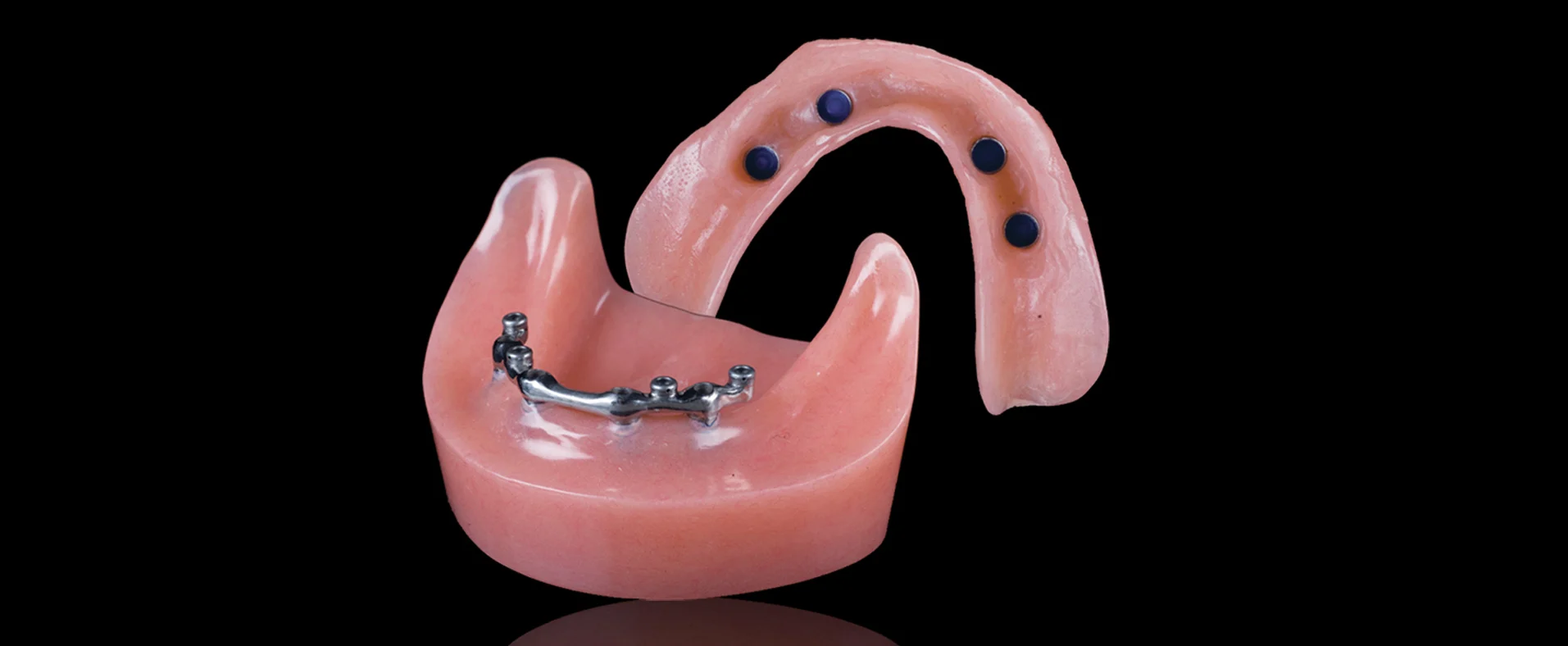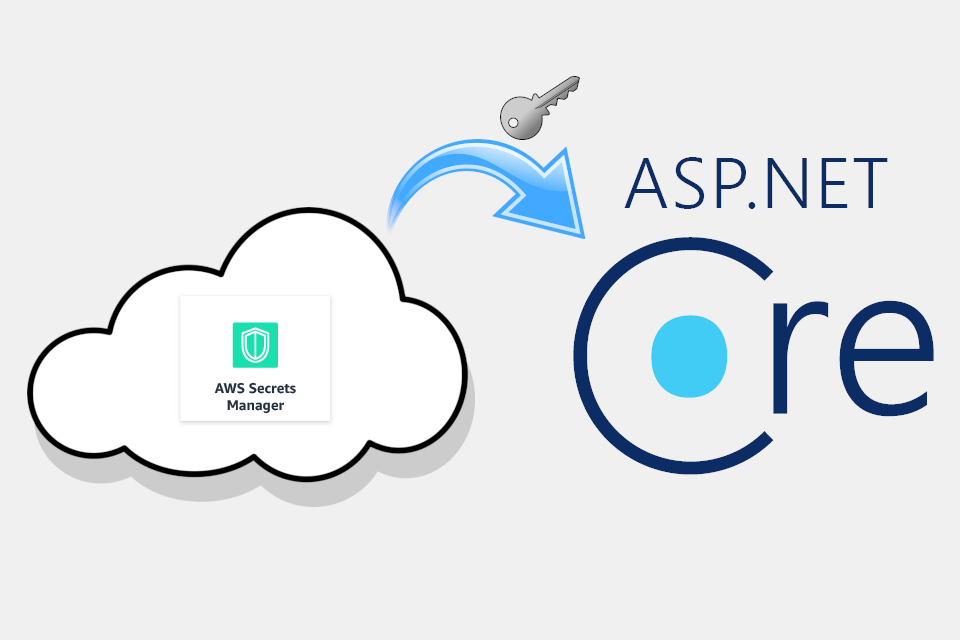Description
Introduction
Bar Design for Implant-Supported Dentures is a focused training course designed for dental professionals and technicians looking to enhance their proficiency in designing bar frameworks for implant-supported dentures using Exocad. This course will guide participants through the process of creating custom bar designs that provide optimal support, stability, and retention for removable implant-supported dentures. It covers both the technical aspects of bar design and the integration of patient-specific data to achieve a functional, esthetic, and comfortable final restoration.
Prerequisites of Implant-Supported Dentures Exocad
This course is intended for individuals who:
- Have basic knowledge of Exocad and its dental design tools.
- Are familiar with the principles of dental implants and removable prosthetics.
- Have experience with CAD/CAM systems in digital dentistry.
- Understand the anatomy of the jaw and the functional requirements for implant-supported dentures.
- Have access to Exocad software for hands-on practice.
Table of Contents
- Introduction to Bar Design for Implant-Supported Dentures
1.1 What is a Bar Framework and Its Role in Implant-Supported Dentures
1.2 The Importance of Custom Bar Design in Removable Restorations
1.3 Overview of Exocad’s Bar Design Tools and Features
1.4 Benefits of Using Bar Frameworks for Implant-Supported Dentures - Getting Started with Bar Design in Exocad
2.1 Understanding the Exocad Interface for Bar Design(Ref: Exocad Implant Module Training)
2.2 Choosing the Correct Implant System and Abutments
2.3 Importing Patient Data and Scanned Models for Accurate Design
2.4 Initial Setup for Bar Framework Design - Designing the Bar Framework
3.1 Creating the Basic Bar Structure: Step-by-Step Guide
3.2 Positioning and Integrating Implant Abutments into the Bar Design
3.3 Determining the Optimal Bar Shape and Size for Stability
3.4 Customizing the Bar Design to Suit Patient Anatomy - Achieving Retention and Stability in Bar Designs
4.1 Designing for Proper Retention: Key Factors to Consider
4.2 Integrating Clasp Systems, Locking Mechanisms, and Attachments
4.3 Ensuring Proper Fit and Support for the Denture Base
4.4 Balancing Bar Strength and Aesthetics - Material Selection for Bar Frameworks
5.1 Choosing Materials for Bar Design (Titanium, Chrome-Cobalt, etc.)
5.2 Material-Specific Considerations for Durability and Biocompatibility
5.3 How Material Choice Affects the Design Process and Final Outcome
5.4 Selecting Materials for Optimal Function and Aesthetics - Simulating the Bar Design for Function and Fit
6.1 Using Exocad’s Simulation Tools to Check Bar Fit
6.2 Analyzing the Design for Occlusion and Bite Adjustments
6.3 Verifying Retention, Stability, and Ease of Insertion
6.4 Virtual Articulation and Stress Testing of Bar Frameworks - Bar Framework Integration with Denture Design
7.1 Designing the Denture Base to Fit with the Bar Framework
7.2 Customizing the Denture for Patient Comfort and Aesthetics
7.3 How to Integrate Teeth, Gums, and the Bar Framework Seamlessly
7.4 Adjusting for Functional and Aesthetic Requirements - Exporting the Bar Design for Manufacturing
8.1 Exporting Files for Milling or 3D Printing
8.2 Checking File Compatibility with Manufacturing Equipment
8.3 Preparing the Design Files for CAM Systems
8.4 Best Practices for Ensuring Manufacturing Accuracy - Advanced Bar Design Techniques for Complex Cases
9.1 Designing Bars for Full-Arch Implant-Supported Dentures
9.2 Managing Multiple Implants and Complex Implant Positions
9.3 Customizing Bars for Specific Patient Needs and Anomalies
9.4 Using Exocad’s Advanced Tools for Unique Bar Designs - Troubleshooting and Optimizing Bar Design
10.1 Common Bar Design Issues and How to Address Them
10.2 Fine-Tuning Fit and Function for Optimal Results
10.3 Adjusting Bar Designs for Occlusion and Bite Requirements
10.4 Optimizing Workflow and Reducing Design Time - Conclusion and Next Steps
11.1 Key Takeaways from Bar Design for Implant-Supported Dentures
11.2 Applying Bar Design Knowledge to Clinical Practice
11.3 Additional Resources for Advanced Bar Design and Implant Prosthetics
Conclusion
Upon completing this course, participants will have developed the necessary skills to design custom bar frameworks for implant-supported dentures using Exocad. They will be able to integrate patient-specific data, optimize retention and stability, and select the appropriate materials for creating functional and esthetic implant-supported restorations. By mastering the tools and techniques for bar design, dental professionals will be equipped to deliver high-quality, custom prosthetics that enhance both patient comfort and clinical outcomes.







Reviews
There are no reviews yet.